Back when money was tight, people cooked with whatever they had on hand. Meals weren’t about recipes or fancy ingredients. They just had to be cheap, simple, and filling. The focus was on making sure everyone got enough to eat, not impressing anybody.
These kinds of meals still make sense today. They’re great if you need to stretch your grocery budget or you’re short on time. Ingredients are usually basic things that last a long time in the pantry, so you don’t have to shop constantly. There’s nothing flashy here, just easy meals that do their job without costing much.
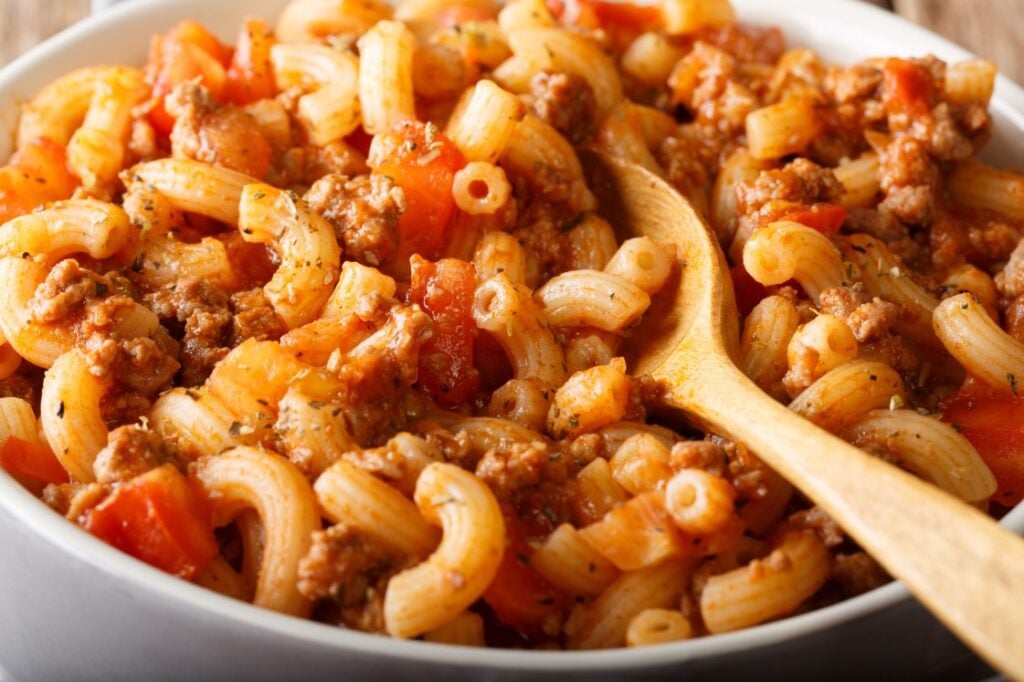
Beans and Cornbread
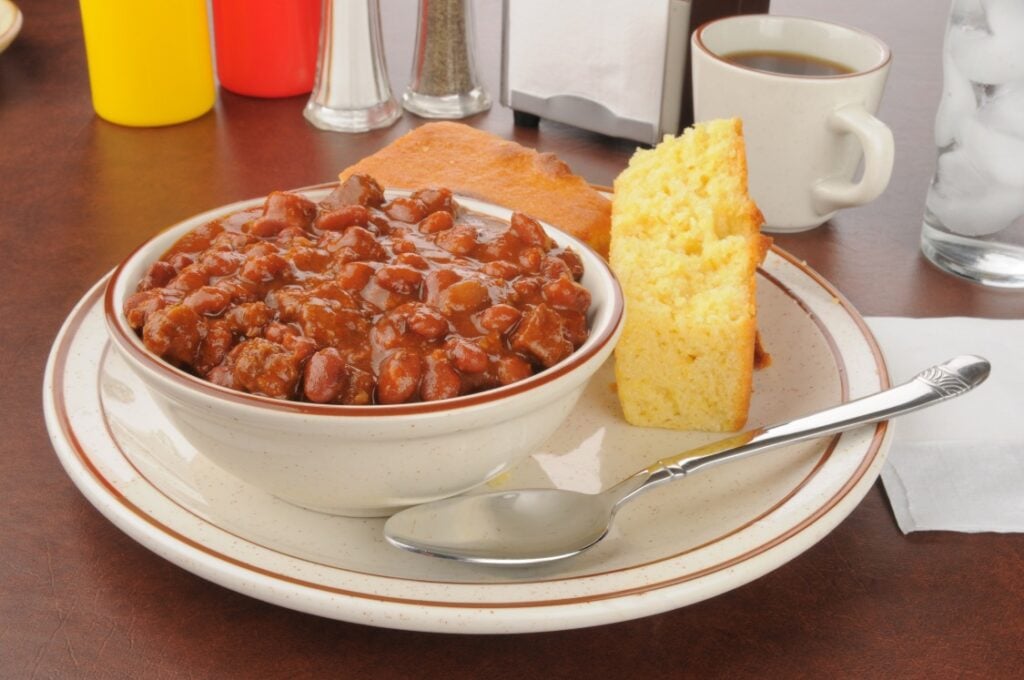
Beans and cornbread have been around forever because they fill you up without costing much. People have eaten them through all kinds of tough situations like job losses, wartime rationing, or simply trying to stretch paychecks at the end of the month. Dried beans store well in the pantry. They can last months or even years if kept dry, which means you always have a backup meal when money is tight or the grocery store trips have to be limited.
Beans and cornbread weren’t just about convenience. Beans gave people protein and fiber without costing nearly as much as meat, and cornbread cheaply filled everyone up. A little bacon grease, onion, or leftover ham scraps added flavor and helped stretch the ingredients further.
Cooking beans from scratch does take some planning, but it’s simple. Soaking beans overnight shortens the cooking time the next day, making them easier to digest. A pinch of baking soda in the cooking water can soften the beans faster, which saves on fuel and time.
Cornbread recipes vary a lot, depending on what ingredients are available. In lean times, people kept it basic, often skipping eggs or sugar. Cooking it in a cast-iron skillet, greased with saved bacon fat, was standard because it was easy and didn’t require special equipment or ingredients. The cornbread wasn’t just a side — it was a tool for soaking up the bean broth, making sure nothing went to waste. Beans and cornbread stayed popular because they worked, plain and simple.
Potato Soup
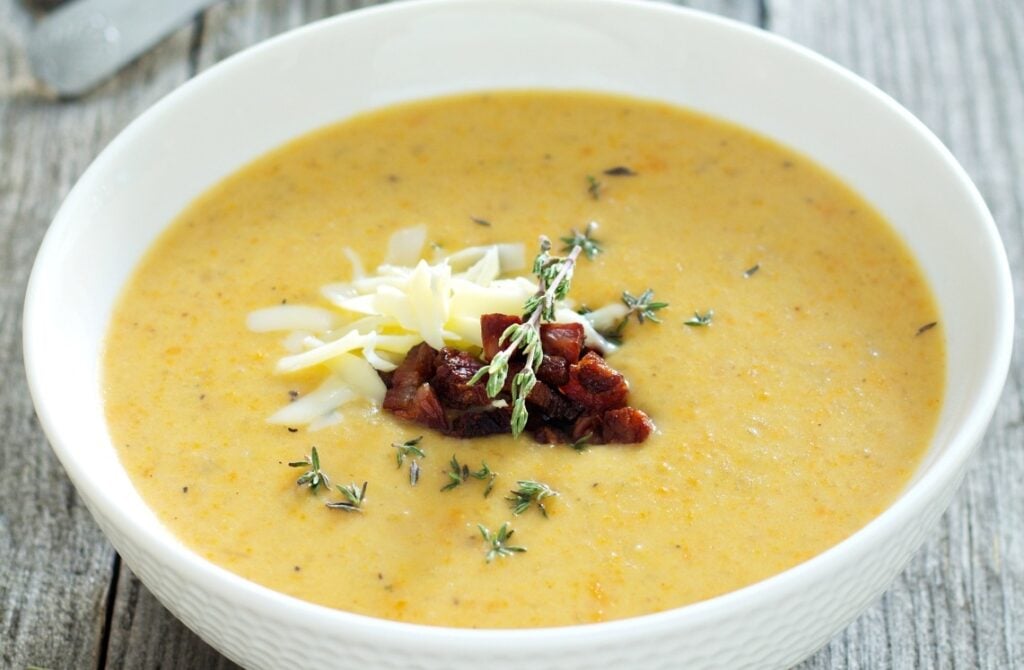
Potato soup was always one of those meals people threw together when times were tight because potatoes were cheap, easy to grow, and lasted forever. They were easy to store in a cellar or pantry all winter, so families could count on them even if groceries ran low.
The main reason people relied on potato soup was because it didn’t need much. It wasn’t the kind of soup you’d add fancy ingredients to — bacon, cream, and cheese were too expensive. Usually, it was just potatoes boiled with some onions, salt, and pepper, plus either water or milk if you had it. Families counted on it because it filled everyone up without costing much.
Another good thing was that the recipe was flexible. If milk ran out, water worked just as well. Leftover carrots, celery, or other vegetables could be tossed in if you had them. A spoonful of flour helped make it thicker, which made it feel like a more substantial meal. Basically, whatever was available got used, and nothing went to waste.
Potato soup also stretched over multiple days, which mattered when money was short. It reheated easily, making it handy for busy or stressful times. Plus, potatoes cooked fast, so it didn’t use a ton of fuel or energy. That was important if gas, electricity, or firewood was scarce or expensive.
This kind of soup stuck around because it made life simpler. It wasn’t special or fancy, but it solved real problems. It got families through tough periods without a lot of fuss or worry.
Chicken and Dumplings

Back then, people often cooked older chickens that had tougher meat. Those chickens didn’t turn out well if you roasted or grilled them because they’d end up too chewy. Slow cooking in water was the best way to make the meat tender and easy to eat.
It wasn’t about recipes or flavor, it was about being practical. Chicken was expensive, so every bit counted. Bones were simmered until the broth had plenty of nutrition. Even small scraps of meat picked from the bones would bulk up the meal. Dumplings were just flour, salt, maybe a little fat, and water or milk. Dropped straight into the simmering broth, they filled people up cheaply.
This meal was especially common during colder months or when families were recovering from illness. Chicken broth was considered good medicine, easily digestible and nourishing when people didn’t feel well or food was limited. Dumplings were heavy enough to satisfy hunger even if meat was scarce.
The simplicity made chicken and dumplings useful. If a family didn’t have fresh vegetables, no problem. A bit of onion, dried herbs, or leftover carrots or celery could stretch it further, but weren’t necessary. The dish was about filling stomachs more than adding flavors.
Tuna Noodle Casserole
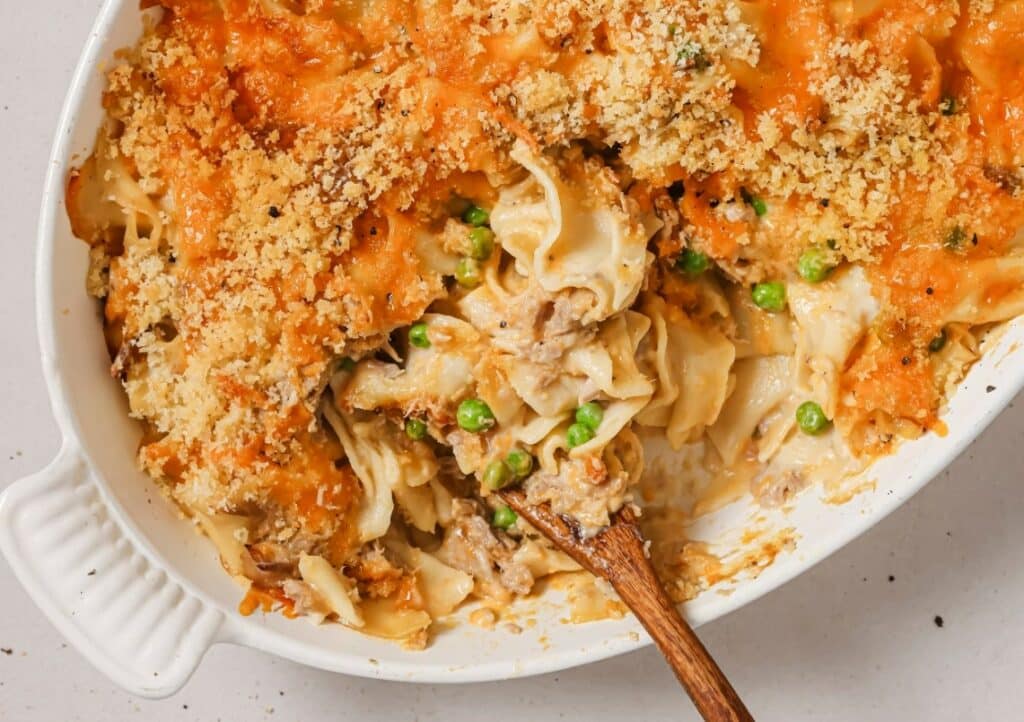
Tuna noodle casserole was popular because it used stuff most people already had in the pantry. Canned tuna was cheap and easy to store, so you could buy a bunch at once whenever it went on sale. Pasta was always around, too, since you could get big bags for very little money. And canned cream soup — usually mushroom — was simple to keep on hand.
The dish itself wasn’t complicated. It was basically noodles, tuna, canned soup, and maybe some peas or carrots if they were available. Tossing in peas was a good way to add nutrition and make the meal stretch further. Families often put crushed crackers or stale breadcrumbs on top to use up what they had and make it crispy without spending extra.
Another reason people made tuna casserole was because it was easy and quick. Busy parents liked that you could mix it up fast, bake it without fuss, and get multiple meals out of it. Leftovers reheated easily and tasted pretty much the same the next day, which made life easier during stressful times.
Tuna casserole also helped with nutrition when fresh meat wasn’t affordable. Meat prices went up during wars or economic downturns, so canned tuna was a cheaper protein option. It kept everyone fed without causing worry about the budget.
Basically, tuna noodle casserole stuck around because it solved everyday problems. It wasn’t fancy or exciting, but it was dependable. People knew they could count on it to feed the family cheaply, with minimal hassle.
Goulash
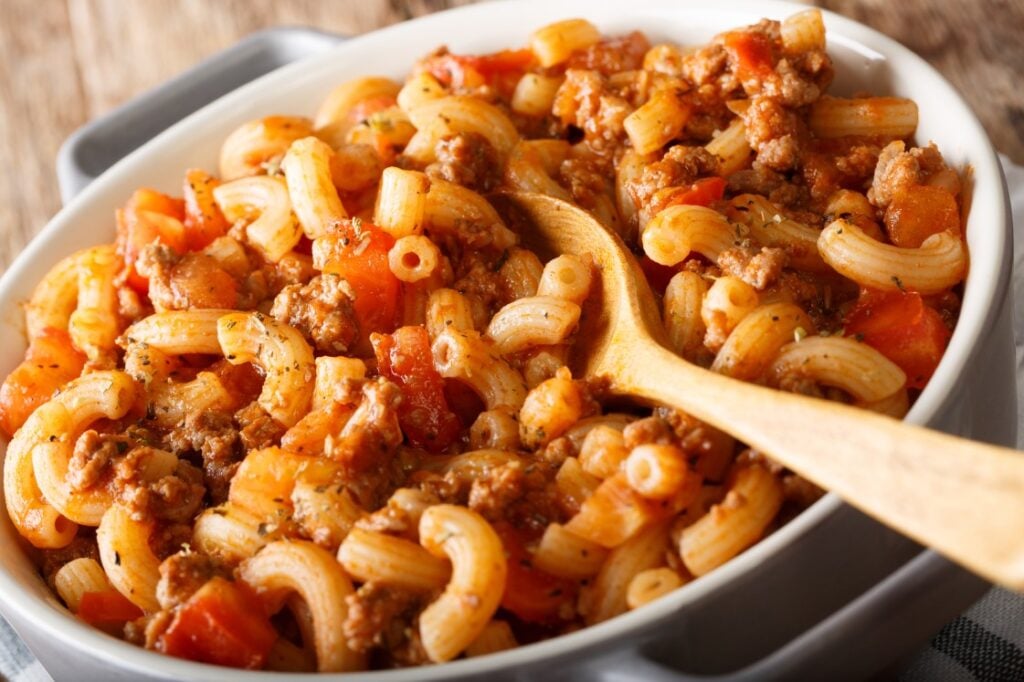
Goulash was one of those meals that worked great when money was tight because you could throw in whatever was handy. Usually, it was ground beef, macaroni noodles, canned tomatoes, onions, and some basic spices, all cooked in the same pot. People liked it because a little meat went a long way, making it easier to feed everyone without spending too much.
One of the best things about goulash was that it was flexible. If there wasn’t much ground beef, extra pasta or more tomatoes got added instead. Veggies like peppers, carrots, or celery could easily be tossed in if they were around. Basically, whatever was cheapest or sitting in the fridge ended up in the pot.
It was also quick and easy. Everything cooked in one pot, so cleanup wasn’t a hassle, and it didn’t take much time or fuel to make. When life got stressful or busy, meals like this made things easier — no complicated prep or expensive ingredients.
Leftovers were another big advantage. You could easily reheat goulash, or add some broth and turn it into a soup the next day. It wasn’t the kind of meal people got excited about, but it did its job of feeding everyone cheaply and efficiently. It saved time, stretched resources, and kept things simple, which is exactly what people needed in tough times.
Split Pea Soup
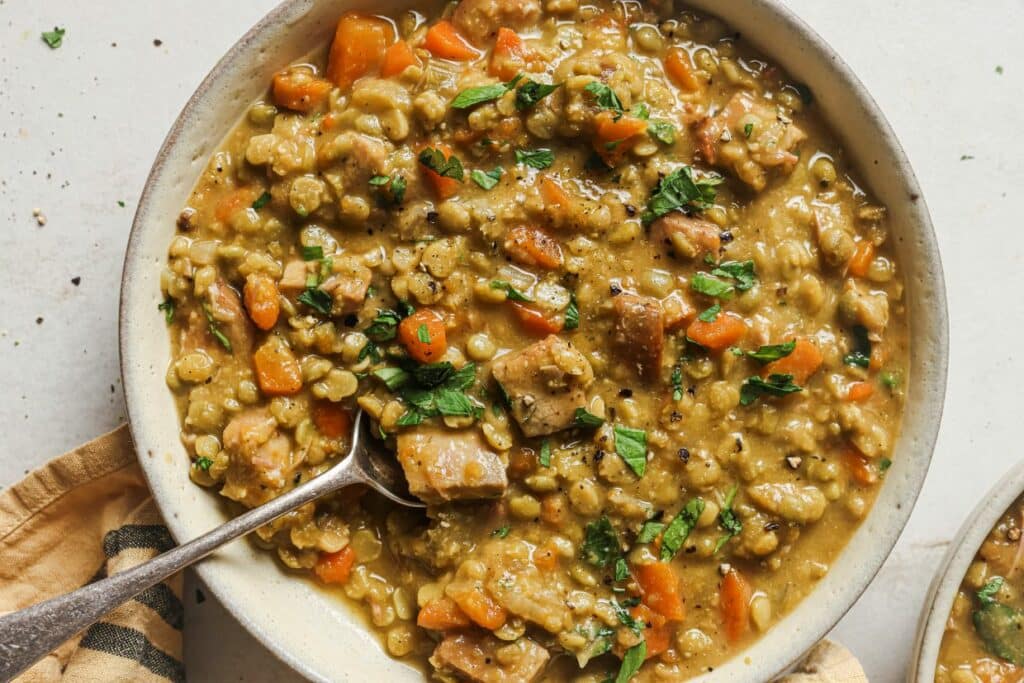
Split pea soup showed up a lot during tough times because it was cheap and simple. Dried split peas were always affordable, and you could buy them in bulk without worrying about them going bad. That meant there was always something reliable in the pantry, even if money got tight or grocery shopping had to wait.
The ingredients were basic: usually just split peas, water, maybe an onion or carrot if you had them. A leftover ham bone or some pork scraps could go in for flavor, but even without meat, the soup still filled you up. Split peas were packed with protein and fiber, so the meal was nutritious enough to hold people over when meat was too expensive.
Cooking split pea soup didn’t take much fuel or effort, either. Split peas cooked quickly and thickened up on their own, so there was no need for fancy ingredients or techniques. It was one of those meals you could start, walk away from, and come back to later without much fuss.
It was also easy to make a big pot at once and reheat it later in the week. Sometimes you’d add a bit more water or some extra veggies to stretch it further, turning leftovers into another meal. No special kitchen skills were needed, which meant anyone in the house could pitch in.
Basically, split pea soup got the job done. It wasn’t always the most exciting, but it was always dependable, nutritious, and didn’t cost much, which was exactly what mattered.
Rice and Beans
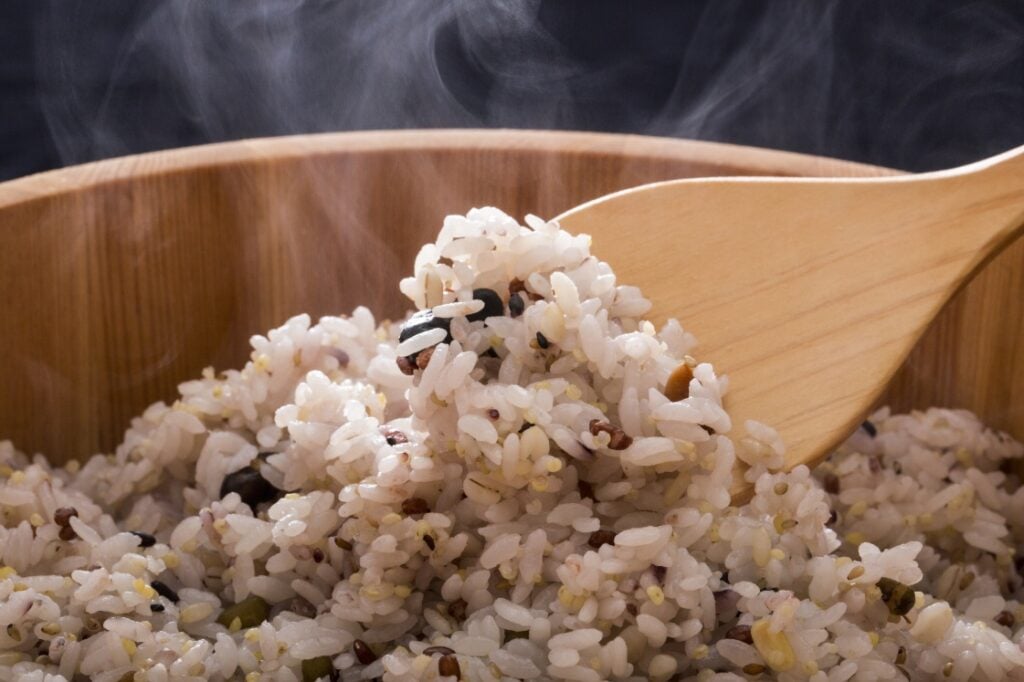
Rice and beans were always a go-to meal during tough times because they’re super cheap and keep forever. You could buy them in huge bags and store them without worrying about spoilage, so even if money ran short at the end of the month, there was still something in the pantry. Plus, beans have plenty of protein and fiber, and rice fills you up, so the combination made sense nutritionally without costing a lot.
Cooking dried beans takes some time, but soaking them overnight helps speed things up the next day. Lots of people made a huge pot all at once to save on cooking fuel and effort. Then they just reheated small portions during the week. That way, one batch would last a long time without becoming boring, since you could change up the spices or toss in leftover veggies or meat scraps.
The best part about rice and beans was flexibility. Sometimes there might be onions, garlic, or peppers around, so those went into the pot. Other times, it was literally just rice, beans, and salt. Either way, it still kept everyone fed. This meal wasn’t exciting, but it got families through lean times without anyone going hungry.
It was especially useful for people who had unpredictable incomes or seasonal jobs, because you never knew exactly how tight things might get. Having basic meals like this ready to go made tough periods a little less stressful.
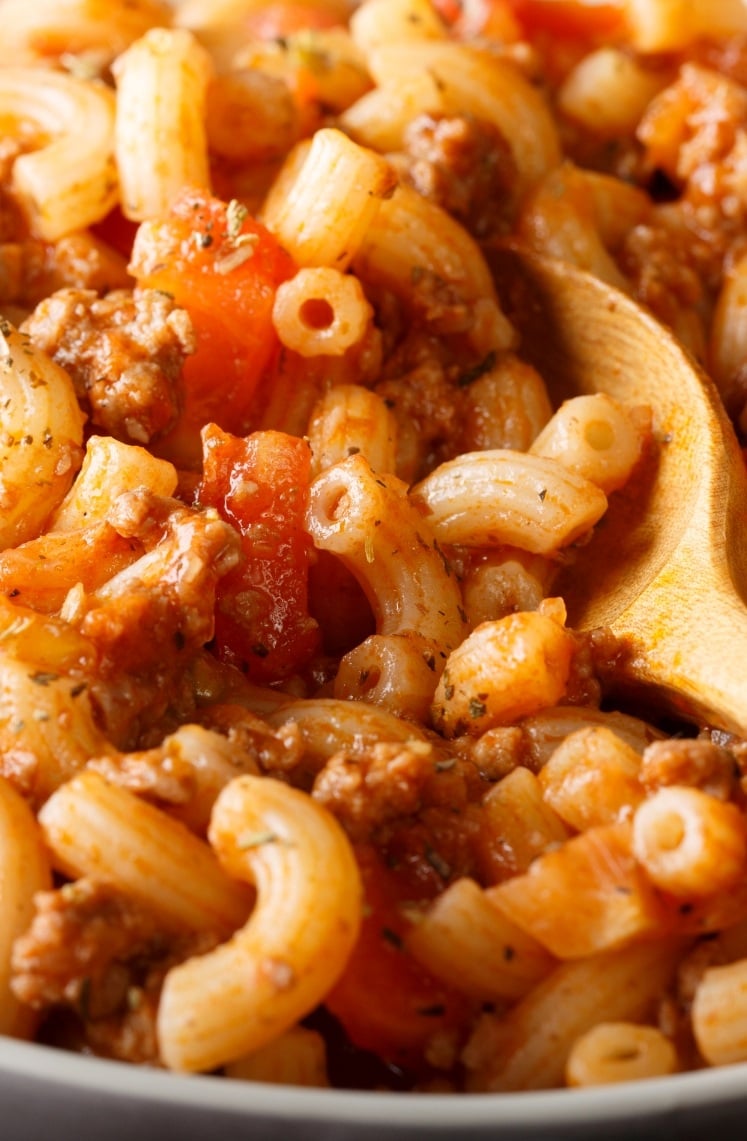


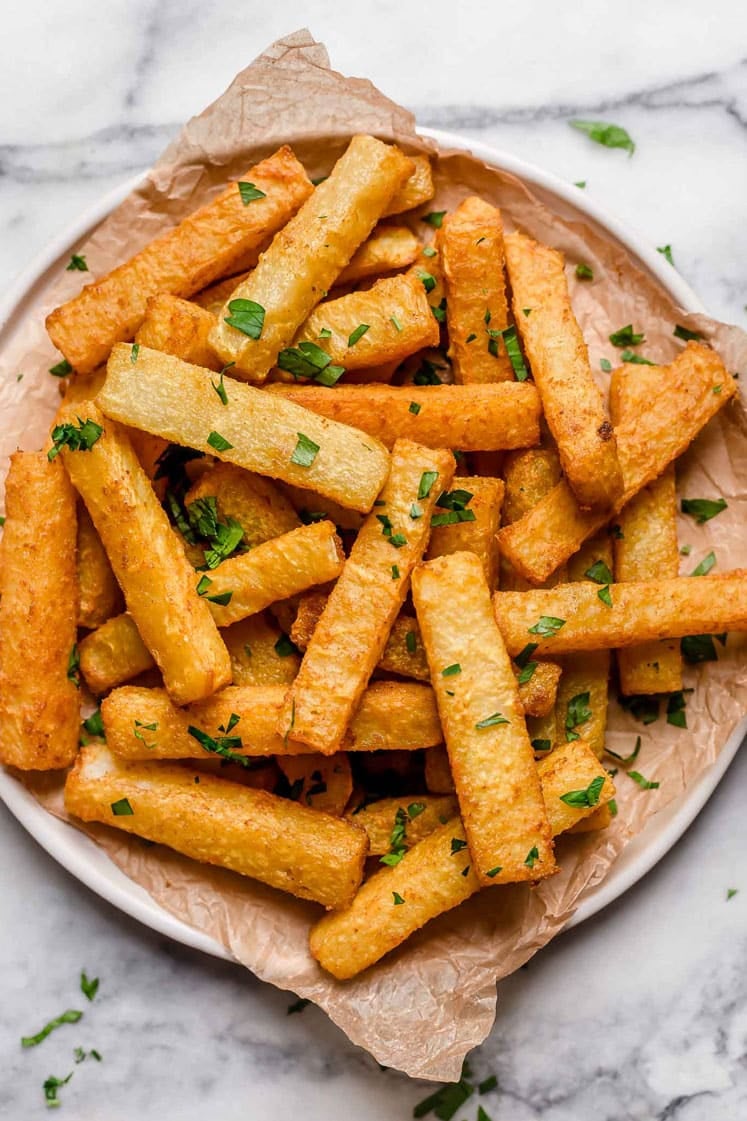
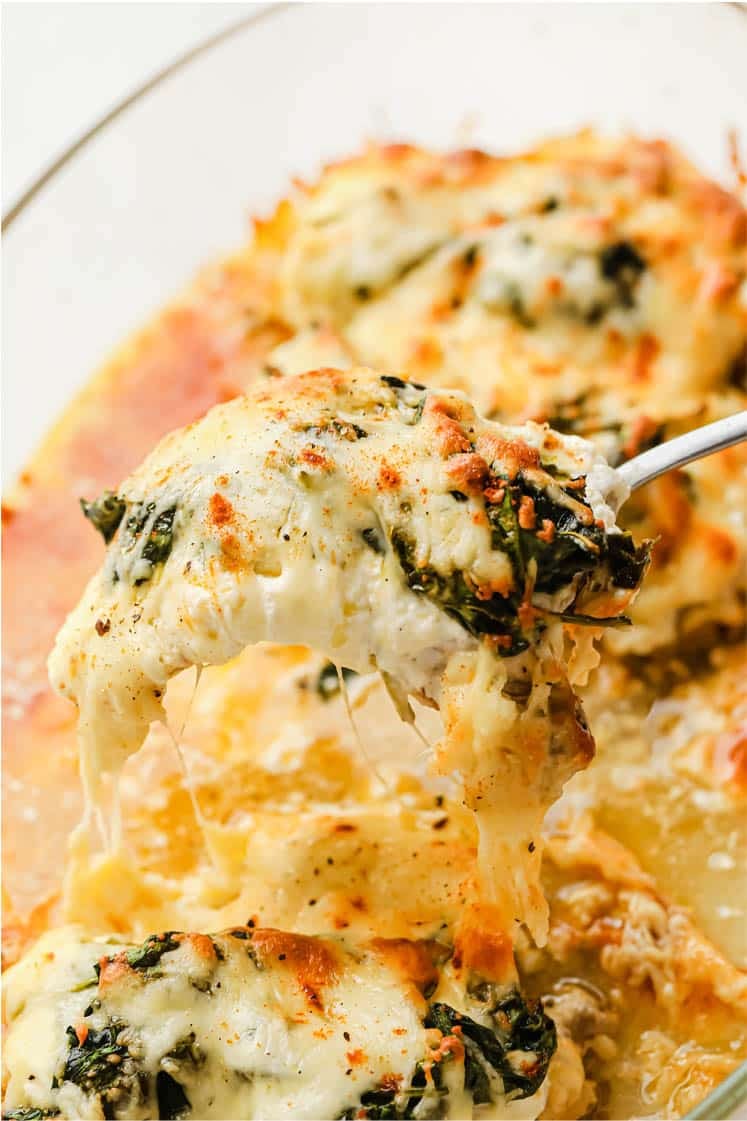
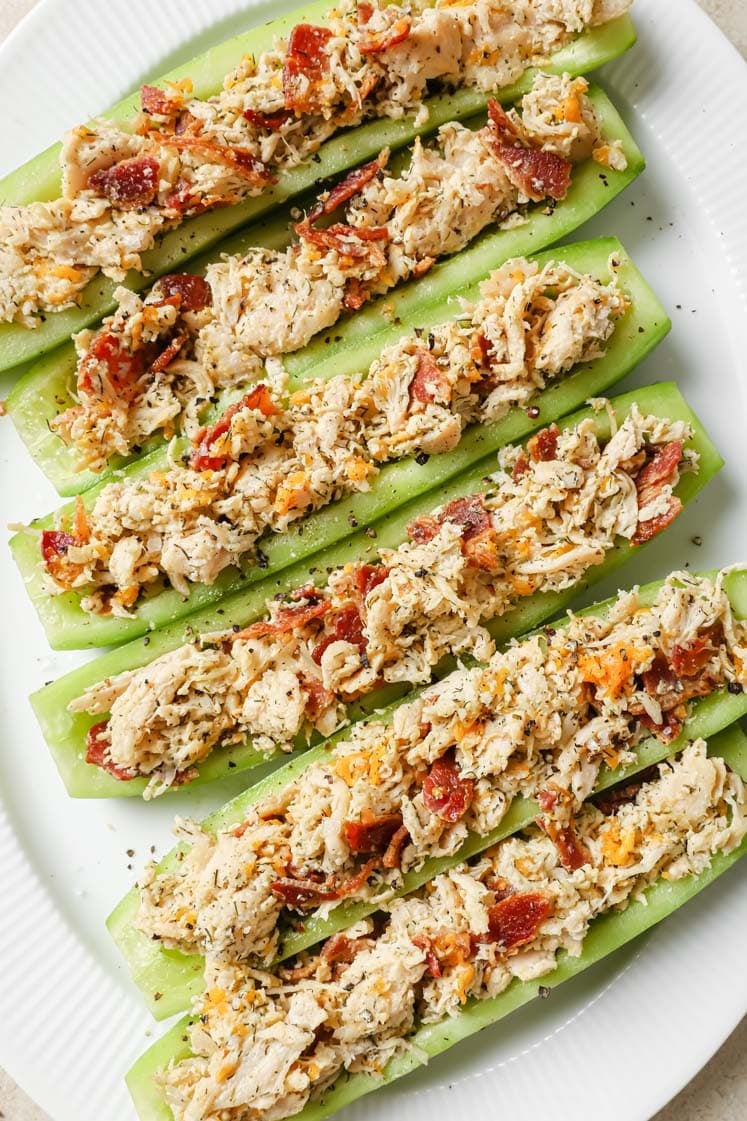
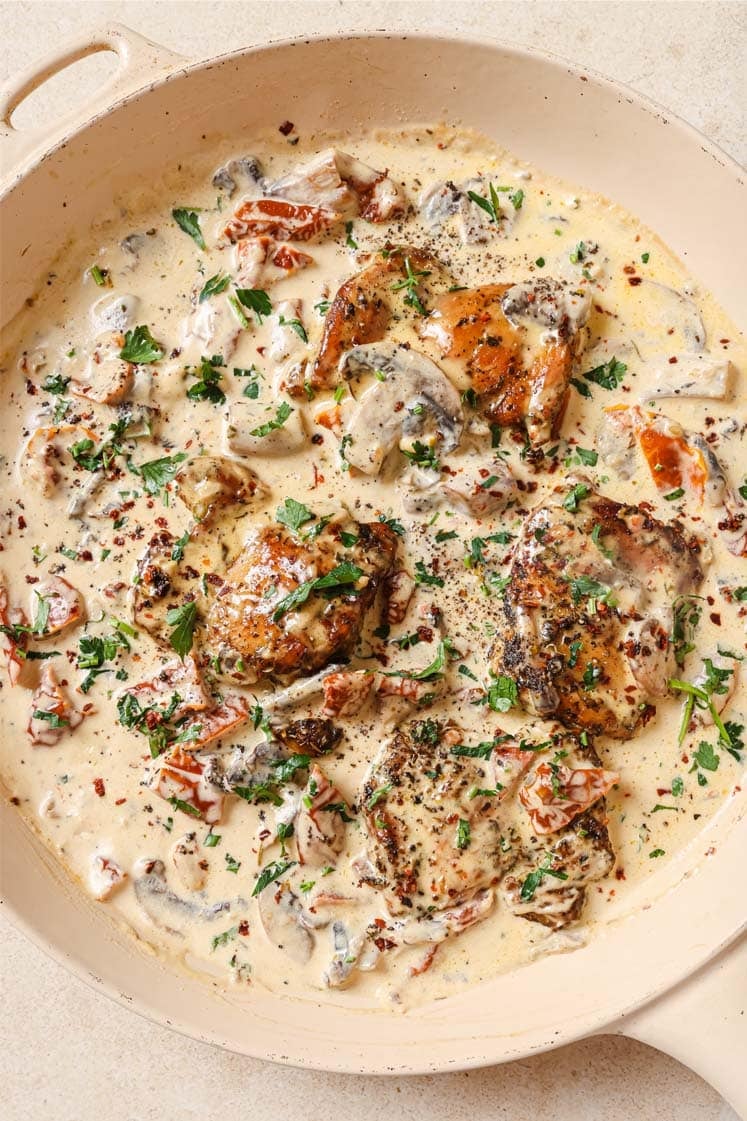
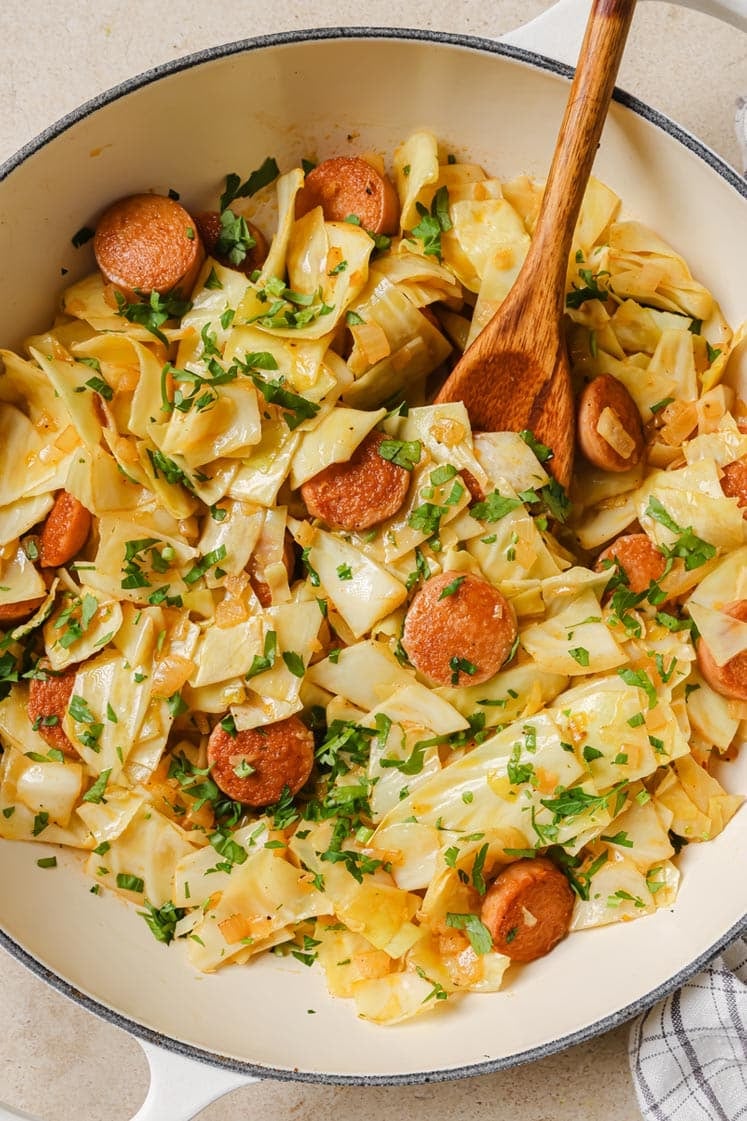
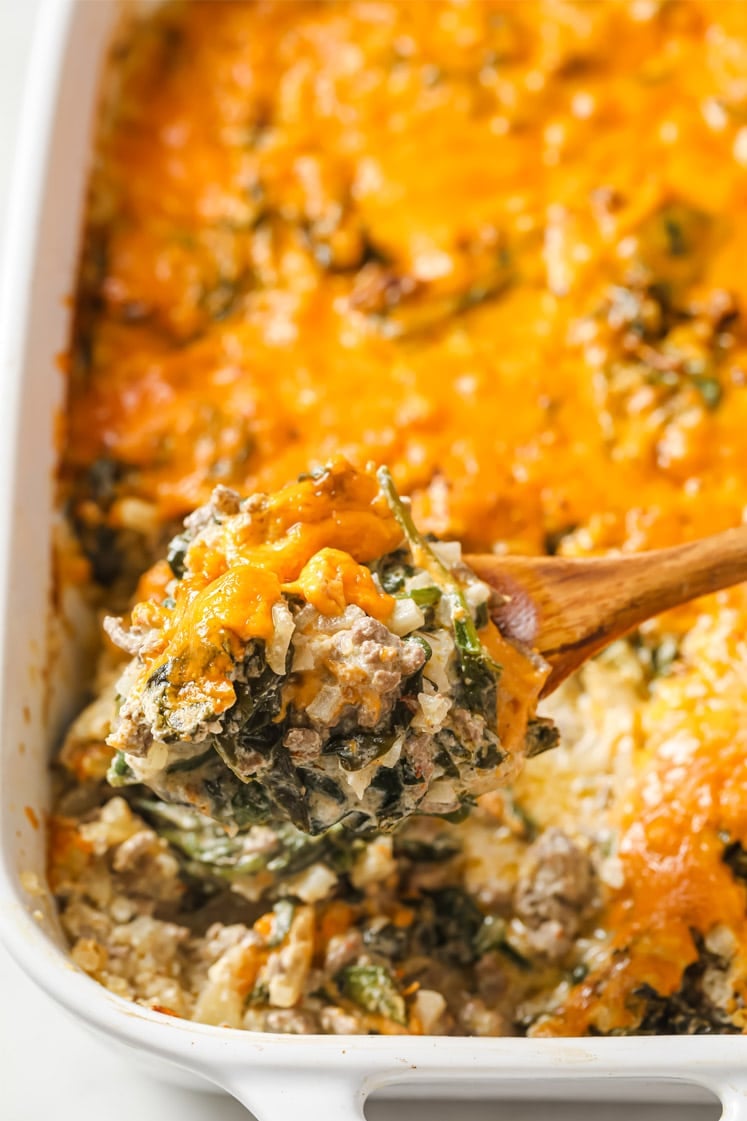
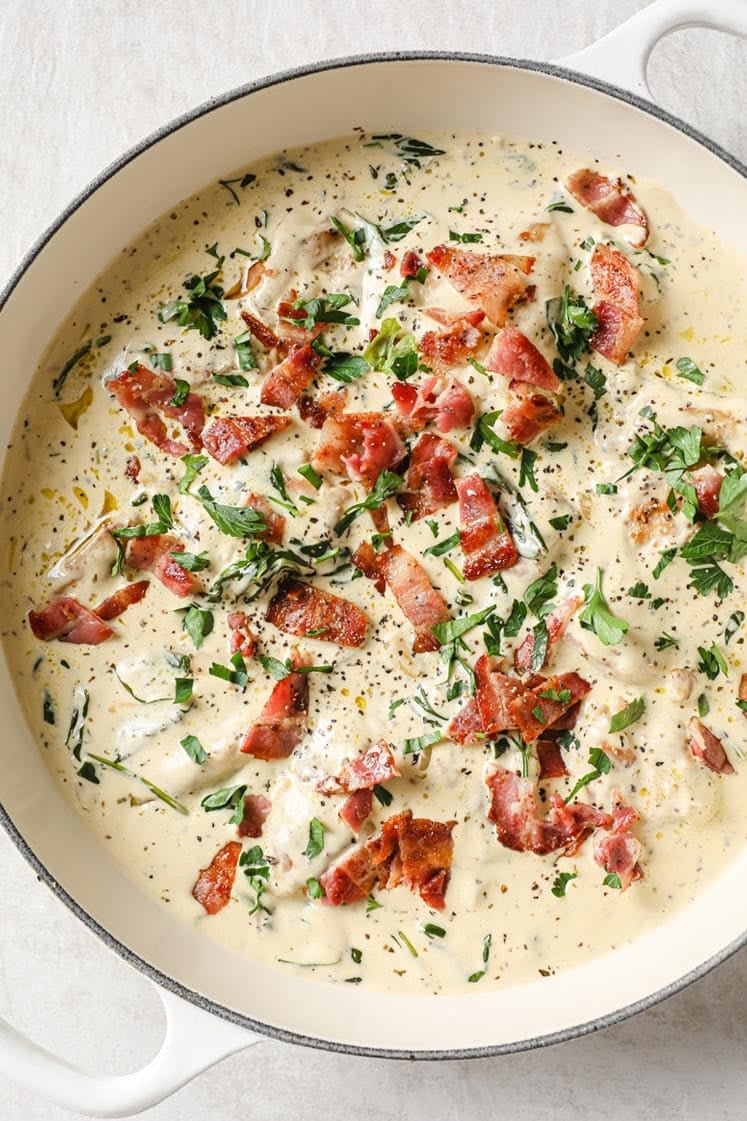
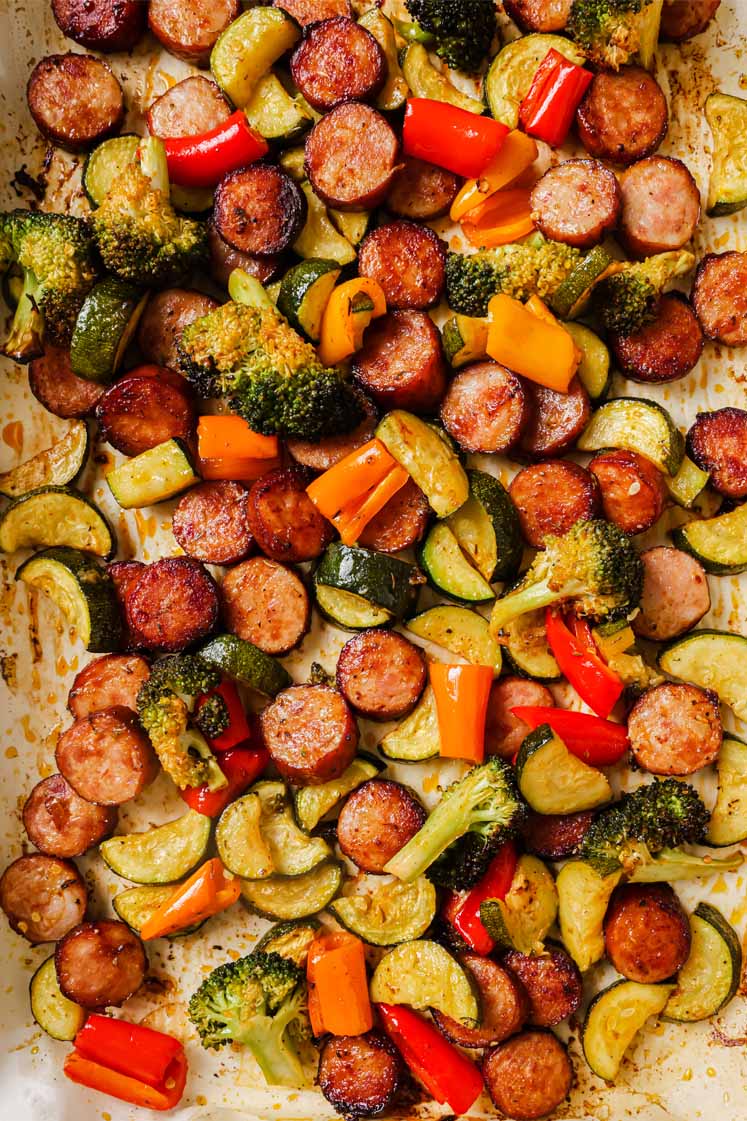
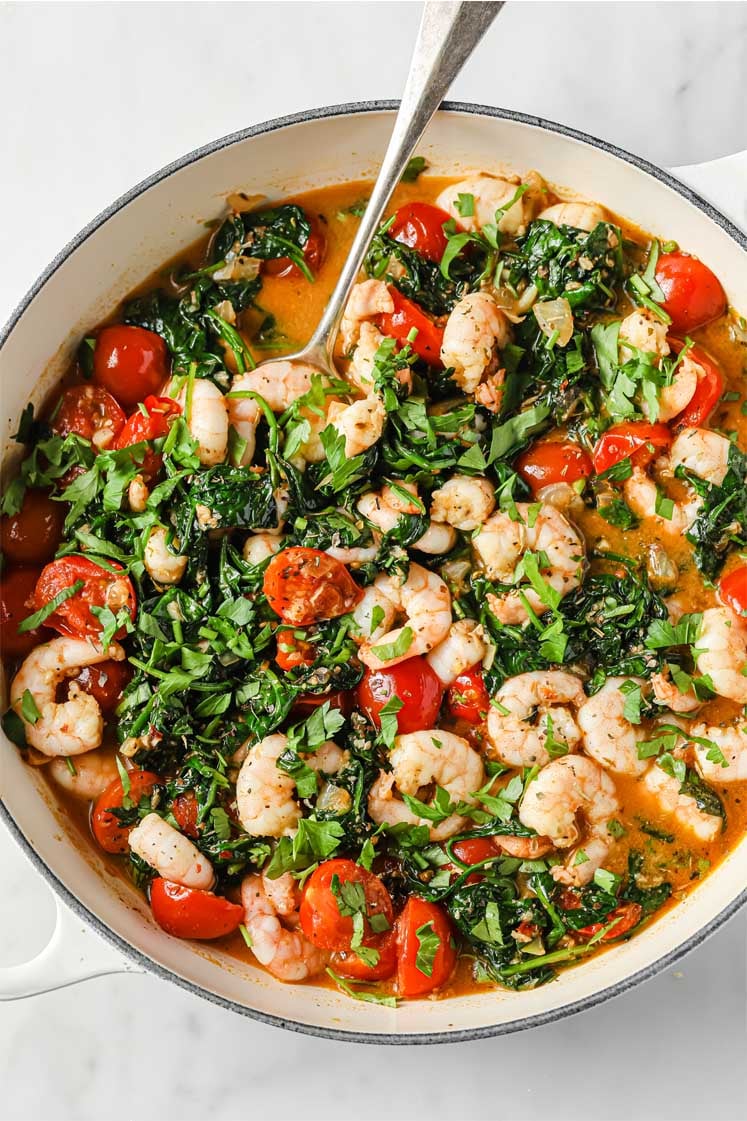

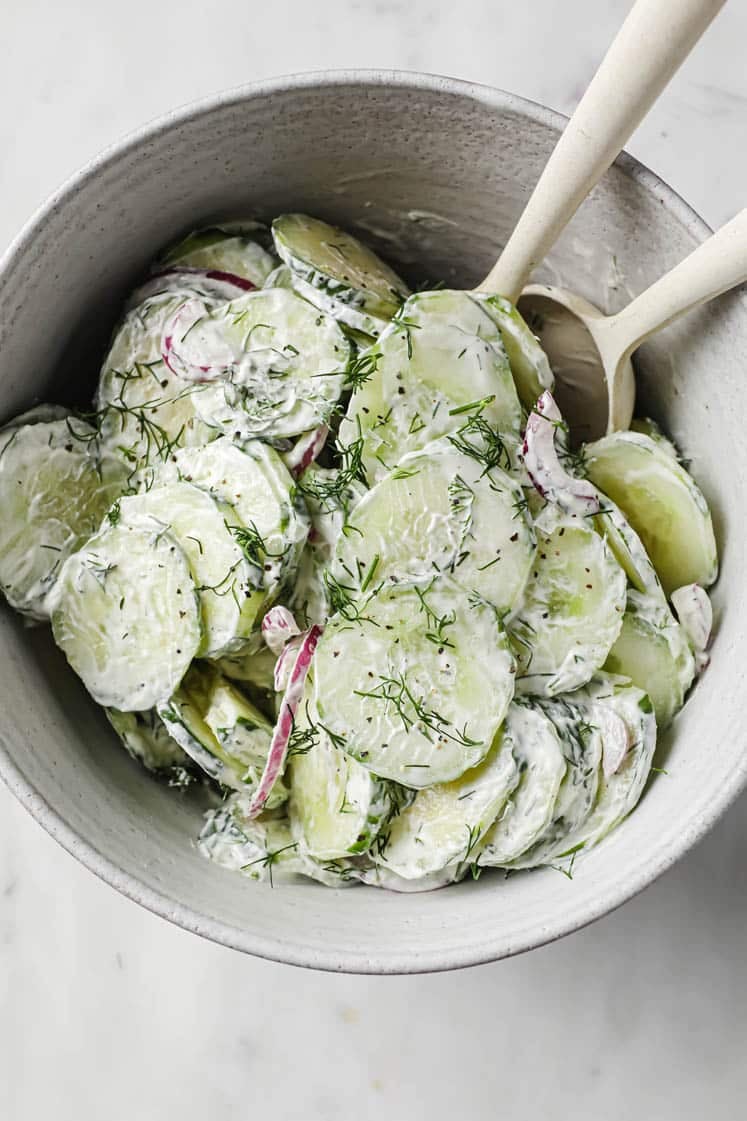









Leave a Reply